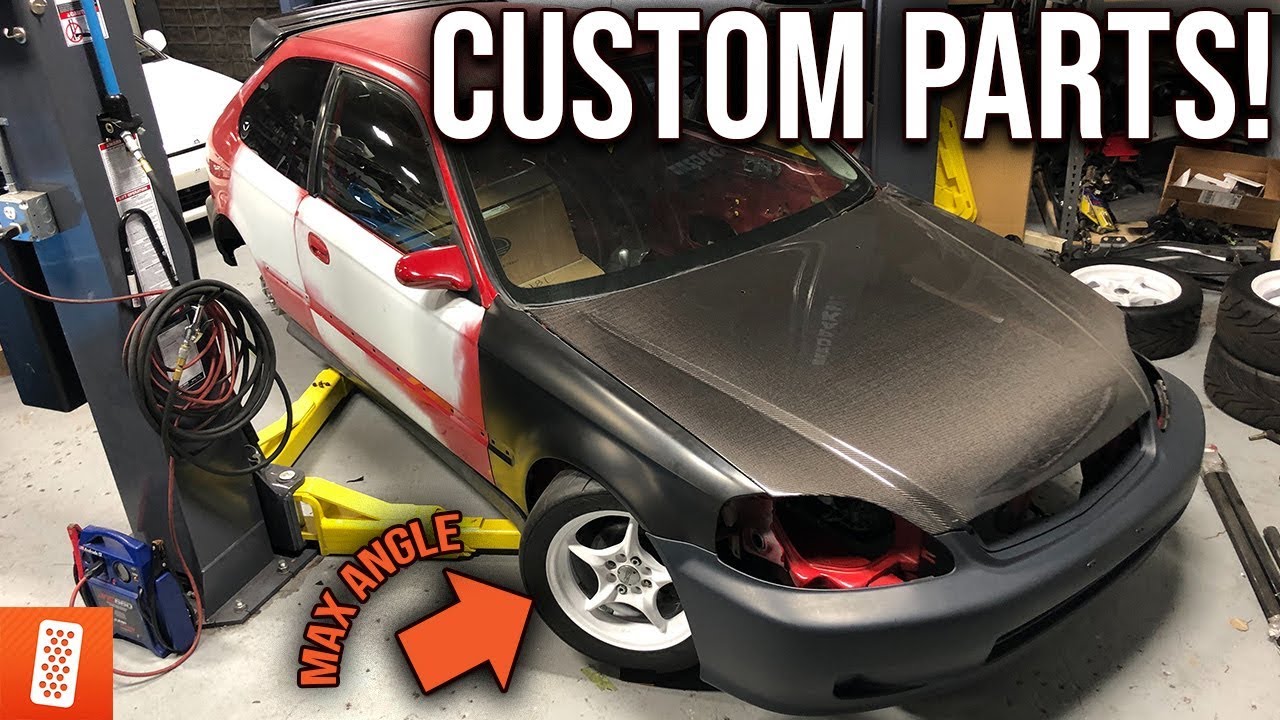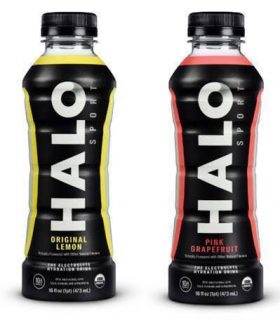
Just as importantly, it displayed an ability to deflect large objects and guard against small debris. In the same period, the halo was found to be effective in preventing the head from coming into contact with a barrier in the ‘majority’ of cases.

Incredibly, the survival rate for such incidents was shown to increase by as much as 17% with it installed.įor Formula 1 bosses, continuously looking to improve safety without compromising on speed, this represented a must-have. Indeed, a detailed testing phase saw the halo inserted into 40 simulations of real-life crashes. Moved to better protect drivers, the FIA were buoyed by early analysis. The decision to roll them out was taken following the tragic death of Ind圜ar diver Justin Wilson, who was struck by debris and killed in 2015. Instead the FIA call upon three external manufacturers to develop halos and a standard version is added to all 20 competing cars. Unlike most features on F1 cars, this is a universal part neither constructed nor modified by individual teams. This makes it the strongest single part of the car, one able to withstand the weight of a London bus – that’s 12,000kg in case you were wondering. Weighing just 9kgs, its formed of construction industry grade 5 titanium covered in carbon fibre. The bulky halo is hardly in-keeping with motorsport’s glamour image but what it lacks in beauty it more than makes up for in durability. It certainly proved its worth in Bahrain.Īn admittedly garish device, it surrounds the helmet and is connected by three points on the vehicle frame. It’s one and only purpose is to protect drivers’ heads. Introduced to motor racing in 2018, the halo is a curved bar that sits at the front of the cockpit. Simply put, Grosjean would not have survived the 53G impact without a long-maligned piece of protective kit. Either way, a halo of some description saved his life. Religious commentators might claim angels were looking out for the fortunate Romain. How had the 34-year-old walked away from a burning inferno? Moreover, how did he did so whilst suffering only second degree burns and bruising? Helped over the barrier by quick thinking stewards, he was immediately rushed to hospital.Īmidst universal relief the obvious question was how?
#HALO EXTREME FORMULA DRIVER#
Seconds into November’s Bahrain Grand Prix, the Swiss driver collided with rival Daniil Kyvaat’s Alpha Tauri, before hurtling into a nearby crash barrier at a speed of 137mph.Ī terrifying and potentially fatal accident, viewers feared the worst as the car not only split in half but burst into flames shortly after.Īs the watching world held its breath Grosjean, miraculously, emerged from the wreckage. The comparison at the ASUS site does not detail component differences, VRM phase count etc.Formula 1 is still reeling from the horror crash involving Haas driver Romain Grosjean.

What I also want is as many FAN headers as possible, which would also be PWM so that I can configure and monitor my case airflow the way I want.įrom what I gather, only Extreme has DIMM.2 card which enables more than 2 nvme cards? It seems to also be the only one having fan extension card.Īnd here is where my understanding ends.

I don't care about the additional LAN chipset in Extreme/Formula, I don't have that speed cabling in the house.
#HALO EXTREME FORMULA PC#
My last built PC is still running 24/7 after 9 years, so I want this to be the same. I just want a MB which is best of the best regarding voltage regulation, component quality etc.

I'm not gonna do any crazy overclocking, nor watercooling, nor any RGB stuff, nothing fancy.
#HALO EXTREME FORMULA PRO#
Storage wise I'm going for 1x 970 PRO + 2x 970 EVOs. I want a board that will be put into a Meshify C case together with i9-9900k, 4x8Gb and RTX 2080 Ti eventually. However, I still cannot get a definite grip on what are the exact differences between these boards. I know there are multiple similar threads on the internet, and I must have read them all.


 0 kommentar(er)
0 kommentar(er)
